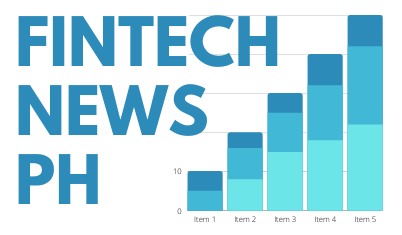The global shift toward 5G Standalone (5G SA) is accelerating, with more operators launching differentiated connectivity services powered by network slicing — a trend highlighted in the November 2025 edition of the Ericsson Mobility Report (EMR).
Ericsson reports that 33 communications service providers (CSPs) now offer commercial services built on network slicing, representing 65 commercial offerings, many of which allow operators to guarantee specific levels of performance for consumer and enterprise use cases. Notably, 21 of these services were launched in 2025 alone, signaling strong momentum toward value-based 5G monetization models.
“Service providers around the world are keen to deploy 5G SA to offer differentiated connectivity based on value services, not just data packages,” said Erik Ekudden, Ericsson CTO and publisher of the EMR. He added that operators are rapidly moving from proof-of-concept trials to commercial-grade slicing deployments.

The surge in slicing-based services aligns with the broader expansion of 5G SA networks worldwide. More than 90 CSPs have already launched or soft-launched 5G SA — up by around 30 operators year-on-year.
In January this year, the leading provider of mobile connectivity solutions reported that 5G Standalone (5G SA) and 5G Advanced are expected to be key focuses for communications service providers (CSPs) for the remainder of the decade as they deploy new capabilities to create offerings centered on value delivery rather than data volume.
Ericsson: 6G on the horizon as 5G subscriptions hit 6.4 billion by 2031

This year’s EMR introduces forecasting out to 2031, covering what could be the first wave of commercial 6G deployments. Ericsson researchers expect early launches in technologically advanced markets such as the U.S., Japan, South Korea, China, India, and selected Gulf countries.
By end-2031, the report forecasts 180 million 6G subscriptions — excluding early adoption among AI-enabled IoT devices. That number may rise further if the launch cycle accelerates.
Despite the emerging 6G conversation, 5G remains the primary growth engine. Ericsson projects 6.4 billion 5G subscriptions by 2031, accounting for two-thirds of all mobile users, with 5G SA making up 65% of those connections.
In the near term, 5G adoption continues to scale quickly. Subscriptions are expected to reach 2.9 billion by end-2025, representing roughly one-third of all mobile users globally.
5G coverage expands as data traffic surges
5G availability continues to widen, with 400 million more people gaining access to 5G services in 2025. Ericsson estimates that half of the global population outside mainland China will be covered by 5G by end-year.
Mobile data usage remains on a steep trajectory. Traffic increased 20% year-on-year as of Q3 2025, driven largely by heavy consumption patterns in China and India. Ericsson expects data traffic to grow at an annual average of 16% through 2031, with 5G networks carrying 83% of all mobile data by then.\
Fixed wireless access sees strong uptake — including in PH
The number of providers offering 5G FWA has grown to 159 players, accounting for 65% of all FWA service providers globally. Speed-based pricing — common in fiber and cable broadband — has also expanded, with adoption rising from 43% to 54% year-on-year.
Fixed Wireless Access (FWA) continues to be one of the strongest commercial use cases for 5G. Ericsson estimates that 1.4 billion people will use FWA broadband by 2031, with 90% connecting via 5G.
In the Philippines, the trend mirrors global growth: Smart Communications reported a 12% year-on-year increase in 5G FWA connections, highlighting strong local demand for high-speed, fixed-wireless home broadband.
5G SA in action: Use cases across APAC and global sports
The 36-page report also features slices-driven success stories, including:
- Singtel using 5G SA to deliver enhanced, personalized mobile experiences
- SoftBank leveraging 5G for enterprise IT modernization
- SailGP, an international sailing league, deploying 5G to streamline operations and improve live broadcast performance
Ericsson will host two online seminars today to discuss the report’s findings.
Since 2011, the Ericsson Mobility Report has served as one of the telecom industry’s most authoritative references for network data, performance benchmarks, and global connectivity forecasts.

